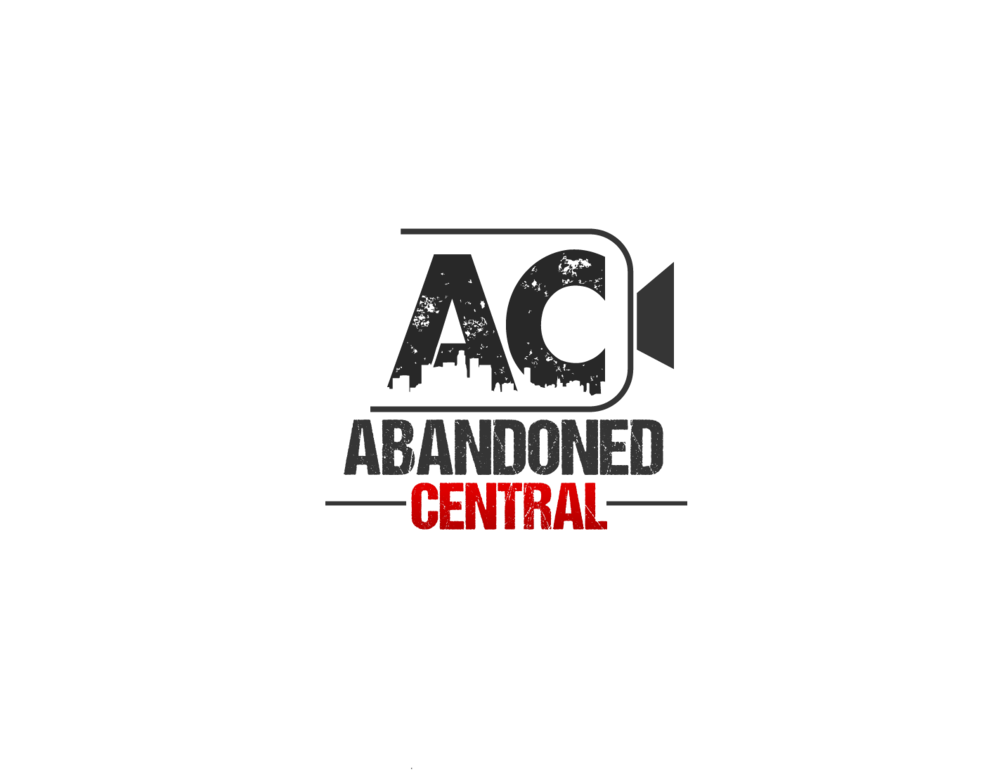In today’s video, we will be exploring the remnants of a vast abandoned prison complex that featured approximately a half dozen uniquely designed cell blocks; the majority of which were two-tiers tall, surrounded by chow halls, reception areas, various guard booths, and a large centralized hospital. Exploring this prison was certainly not for the faint of heart, mainly as it is directly next door to an active prison and therefore, constantly swarmed by guards, police officers, and other prison staff, that if they would have seen or heard us it would have certainly ended badly.
The historic prison dates back nearly a century to 1930 when it was originally built to accommodate the growing demands for correctional facilities in America amidst increasing crime rates at the time. Its renaissance themed architectural layout mirrored the prevailing penitentiary design philosophies of that same era, emphasizing both inmate isolation and prison reform.
The nearly 100-year old prison operated for approximately 70 years before it eventually became entangled in controversy, one of the main factors leading to its untimely closure. Although the correctional facility had long been plagued with problems related to overcrowding and other human rights violations, it wasn’t until the 1990’s when the first case of an alleged inmate wrongful deaths came to light. Several other court actions have been settled in years past to the tune of hundreds of thousands of dollars, the large majority of them for wrongful deaths. Additional reports of severe overcrowding, inadequate living conditions, and brutal treatment by the guards emerged, leading to a public outcry for necessary changes within the penal institution.
This all seemed to have triggered an official investigation into the living conditions of the prisoners and exposed the massive need for change and policy reform. Activists rallied not only for the rights of inmates but also for innovative models that would replace the traditional punitive measures with educational and community-based programs. However, it would seemingly fall on deaf ears as it would still take several years before any changes would actually take effect.
Time and time again, inmates had complained of poor conditions at the prison, especially associated with the medical facilities. In fact, in one case an inmate with HIV received “absolutely no treatment and no medication” during their period of incarceration and nearly passed away. And then in yet another case an inmate who came in with a cast from a freshly broken bone, which was prematurely removed by prison staff, leading to limited mobility and permanent damage.
Prisoners were what officials often called a “sick population.” Inmates were typically indigent and came from poverty and therefore did not receive adequate preventive health care growing up and many now have chronic diseases such as diabetes, hepatitis, and HIV. As prisoners were now considered to be “under the care of the state” and as a basic need and human right, they should be allowed access to physical healthcare, routine examinations, medication, dental care, optometry, and mental healthcare. Investigations at that time revealed that prisoners were often denied medical care and many of their basic rights had indeed been violated.
The new modern prison opened in 1998 under a different name and began to implement changes that would redefine its structure and purpose, almost as if they wanted to forget its disgraced and shameful past. The introduction of vocational training, mental health services, educational programs, and substance use prevention sought to address the root causes often associated with criminal behavior. The prison transitioned from a locked-down detention center to a rehabilitation facility focused on equipping inmates with life skills. Through collaborative initiatives with local organizations, the prison aimed to reduce recidivism and foster an environment conducive to personal growth, which it still upholds today.
